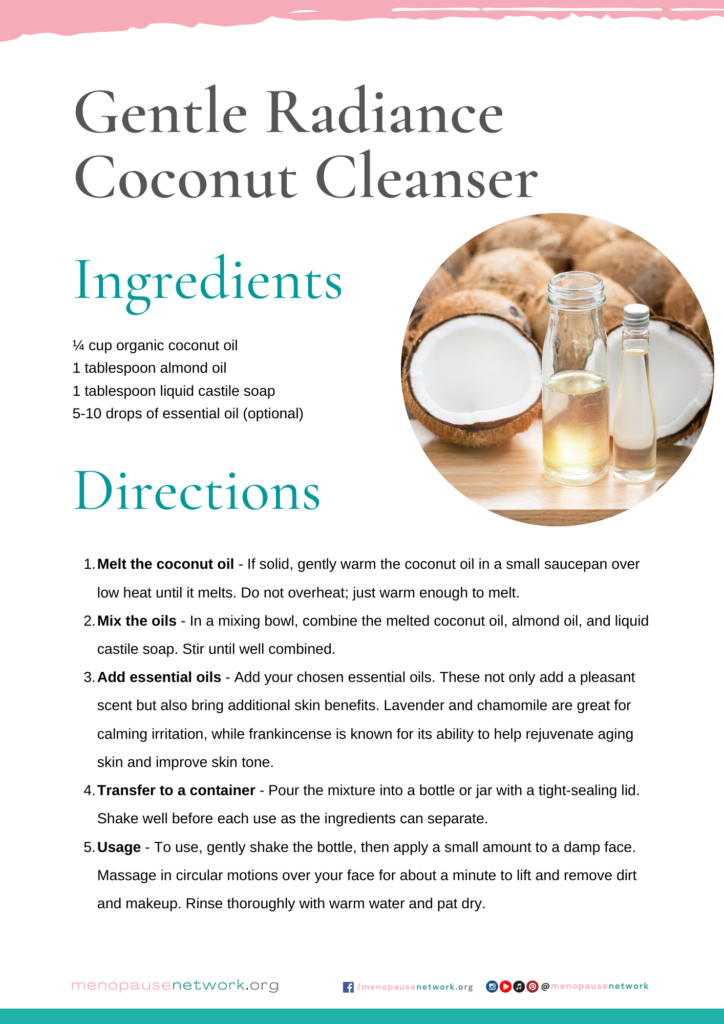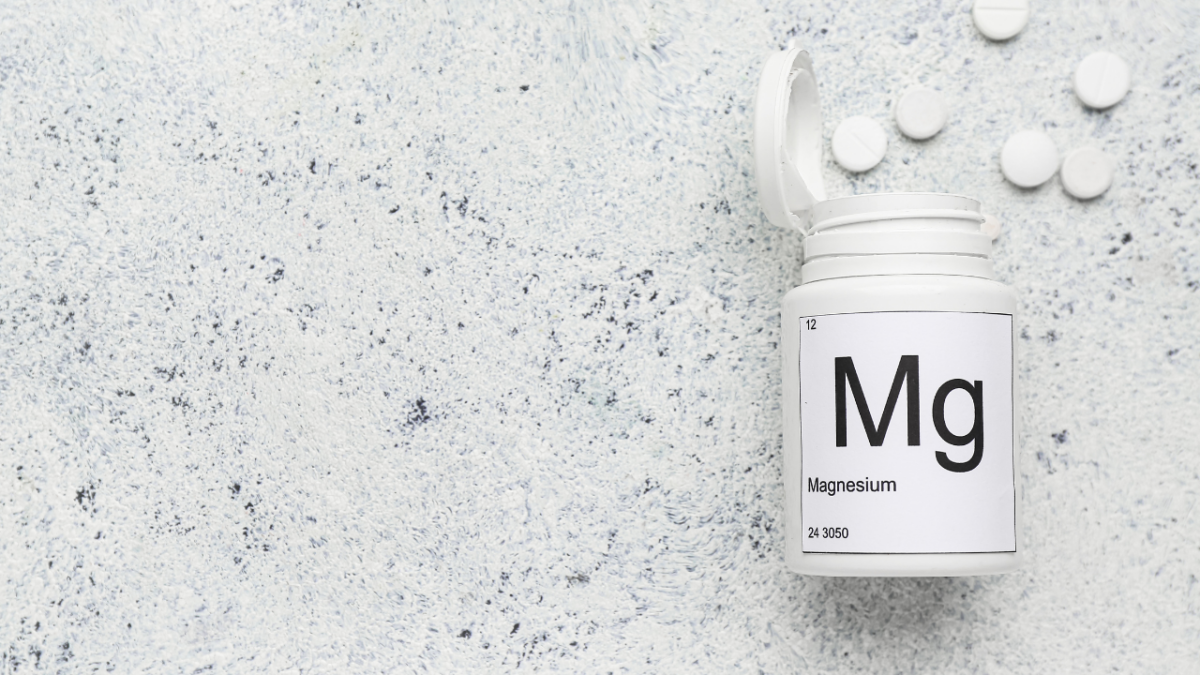The transition into menopause can significantly affect many facets of a woman’s life, including her work life. Given the challenges that menopause presents, it is essential for employers to cultivate a supportive workplace culture. This blog explores effective strategies that employers can adopt to accommodate and assist women navigating through this natural phase of life.
Understanding Menopause and Its Impact at Work
Menopause typically occurs between the ages of 45 and 55 but can happen earlier or later. Symptoms vary widely but can include hot flashes, sleep disturbances, mood swings, and cognitive changes, all of which can affect job performance and satisfaction. By fostering an environment of awareness and support, employers can mitigate these impacts and help maintain productivity and employee well-being.
Training and Workshops
Educational programs are pivotal in normalizing menopause in the workplace. By conducting training sessions and workshops, businesses can educate both managers and coworkers about the symptoms of menopause and the best practices for support. These sessions not only inform but also equip the workforce with the tools to foster an empathetic and inclusive environment.
Here are some concrete examples:
1. Interactive Seminars with Healthcare Professionals
Companies can invite gynecologists, endocrinologists, or menopause specialists to give detailed talks about the physiological and psychological aspects of menopause. These experts can explain the symptoms, offer coping strategies, and answer questions from employees, helping demystify the subject and promote a supportive dialogue.
2. Managerial Training Modules
Special training modules can be designed for managers, focusing on how to effectively support team members experiencing menopause. These might cover topics such as flexible work arrangements, privacy considerations, and strategies for maintaining team dynamics and morale. This training ensures that managers are prepared to make accommodations and address concerns sensitively and appropriately.
3. Workplace Inclusion Workshops
Workshops that focus on inclusion can help integrate menopause into broader discussions about workplace diversity and inclusion. These sessions can teach staff about unconscious biases and how to create an environment that respects and supports all aspects of diversity, including age and health-related changes.
4. Symptom Management Sessions
Practical workshops on managing specific symptoms of menopause, such as hot flashes or concentration difficulties, can be beneficial. These might include lifestyle tips, dietary advice, stress management techniques, and even ergonomic adjustments at workstations to enhance comfort and productivity.
5. Peer Support Group Meetings
Establishing regular support group meetings where employees can share their experiences and coping strategies in a confidential setting can be empowering. These groups provide peer-led support and can be a source of comfort and practical advice for those going through menopause.
6. Online Training Resources
Providing access to online courses or webinars that employees can attend at their convenience can also be effective. These resources can include video content, downloadable materials, and interactive forums where employees can learn at their own pace and on their own schedule.
By implementing these types of educational programs, businesses not only educate their workforce about menopause but also foster a culture of empathy and support, helping to break down stigmas and improve employee well-being.
Fostering Open Communication and Allyship
Creating channels for open dialogue about menopause reduces stigma and fosters inclusivity. Allyship programs can play a crucial role here, providing platforms for women to share their experiences and find solidarity and understanding amongst peers. Such initiatives might include regular support meetings, mentorship programs, and access to online forums dedicated to menopausal wellness.
Here are several concrete examples of how companies can implement such initiatives:
1. Regular Support Meetings
Organizations can establish monthly or quarterly support meetings that offer a safe space for women to discuss their experiences with menopause. For instance, the UK-based energy company, E.ON, launched a menopause cafe, where employees can gather informally to talk about their experiences and share coping strategies. These sessions not only provide support but also help to foster a sense of community among employees.
2. Mentorship Programs
Introducing mentorship programs where younger female employees can be paired with more experienced colleagues who have navigated or are navigating through menopause can be incredibly valuable. This can provide mentees with a trusted source of advice and support. Companies like Vodafone have implemented mentorship schemes that focus on supporting women through different stages of their careers, including transitions like menopause.
3. Online Forums and Communities
Creating or sponsoring access to online forums dedicated to menopausal wellness can help women find information and community support without the constraints of physical meetings. For example, Gennev, an online clinic focusing on menopause, offers forums and virtual consultation services that companies can make available to their employees. These platforms can provide anonymity and accessibility, allowing women to seek support and share experiences at their convenience.
4. Interactive Workshops and Webinars
Hosting interactive workshops or webinars that cover various aspects of menopause, from medical insights to personal stories, can help normalize the conversation around menopause. These could feature guest speakers, including healthcare professionals and advocates. AstraZeneca, for example, runs an internal program that includes webinars and workshops aimed at raising awareness and providing support around menopause.
5. Inclusion in Broader Diversity and Inclusion Initiatives
Integrating menopause support into broader diversity and inclusion strategies ensures that it is recognized as an important issue. For instance, companies like HSBC have included menopause guidelines as part of their broader health and well-being programs, ensuring that support for menopause is part of the company’s overall commitment to employee wellness.
6. Storytelling and Shared Experiences Campaigns
Launching internal campaigns where senior leaders and other employees share their personal stories dealing with menopause can significantly reduce stigma and encourage others to open up. Such campaigns can take the form of newsletter features, intranet articles, or video testimonials. The BBC, for instance, has aired several personal stories and documentaries that discuss the impact of menopause on women’s lives, serving as a model for corporate initiatives aimed at fostering openness and understanding.
Through these channels, companies not only facilitate open communication and support around menopause but also contribute to a work culture that values and respects the diversity of experiences among its workforce. This approach not only benefits women experiencing menopause but also enhances the overall workplace environment by promoting inclusivity and empathy.
Implementing Flexible Work Arrangements
Flexibility in work schedules and locations can be particularly beneficial for women experiencing menopausal symptoms. By adapting work arrangements, companies can demonstrate their commitment to employee health and well-being, which in turn can enhance job satisfaction and loyalty. Here are some examples:
1. Flexible Scheduling
Allowing flexible start and end times or the possibility of compressed workweeks can help women manage fatigue and other symptoms that may be worse at certain times of the day. This flexibility supports not just physical health but mental well-being as well.
2. Remote Work Opportunities
Remote work is another strategy that can be particularly helpful. It allows women to work in an environment they can control, particularly the temperature, which can be crucial for those experiencing hot flashes. Additionally, working from home can reduce stress and provide a comfortable space to manage symptoms discreetly and effectively.
Optimizing the Physical Work Environment
The physical setup of the workplace plays a significant role in supporting menopausal women. Simple modifications can create a more comfortable and supportive space.
1. Temperature and Ventilation
Maintaining a comfortable workplace temperature and good ventilation can help alleviate the discomfort of hot flashes. Businesses might consider installing adjustable thermostats or providing personal fans for added comfort.
2. Ergonomic Adjustments
Ergonomic office equipment is essential to support physical health. Adjustable desks and chairs can help manage joint and muscle pain, which may increase during menopause. Providing these options demonstrates a commitment to employee health across all stages of life.
3. Adapting the Dress Code
A flexible dress code can significantly improve comfort for menopausal women. Allowing for breathable fabrics and more casual attire can help women manage body temperature fluctuations and feel more comfortable throughout the workday.
Enhancing Benefits and Support Services
Comprehensive benefits and support services are key in supporting menopausal women. These benefits not only help manage symptoms but also show the company’s commitment to employee health.
1. Health Insurance Considerations
Employers should ensure that their health insurance plans cover menopause-related treatments and consultations. This coverage can relieve financial stress and encourage women to seek necessary medical support without concern over costs.
2. Employee Assistance Programs (EAPs)
Promoting and perhaps enhancing EAPs to cover counseling and support for menopause management can be invaluable. These programs provide confidential, professional support, helping women navigate the physical and emotional challenges associated with menopause.
Remembering Respect and Individual Needs
Finally, it is important to emphasize respect and confidentiality in all discussions about menopause. Each woman experiences menopause differently, necessitating a flexible and personalized approach to support. Employers who actively engage in these discussions and offer tailored accommodations will not only aid their employees through this transition but also build a more loyal and productive workforce.
By integrating these strategies into their human resources policies, companies can create an empathetic and supportive work environment that acknowledges and supports women during menopause. This commitment not only enhances individual employee experiences but also promotes a healthier, more inclusive workplace culture overall.






























